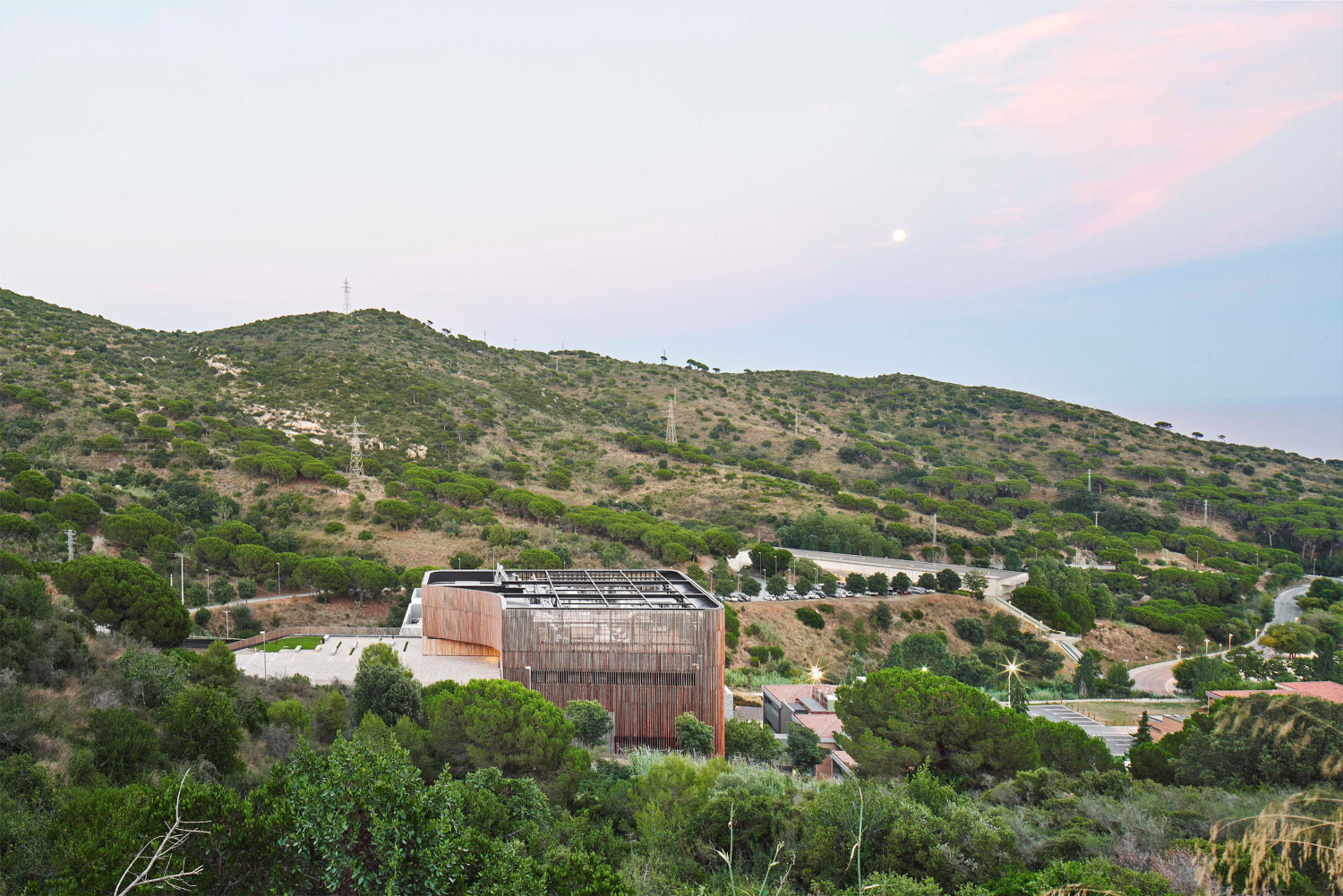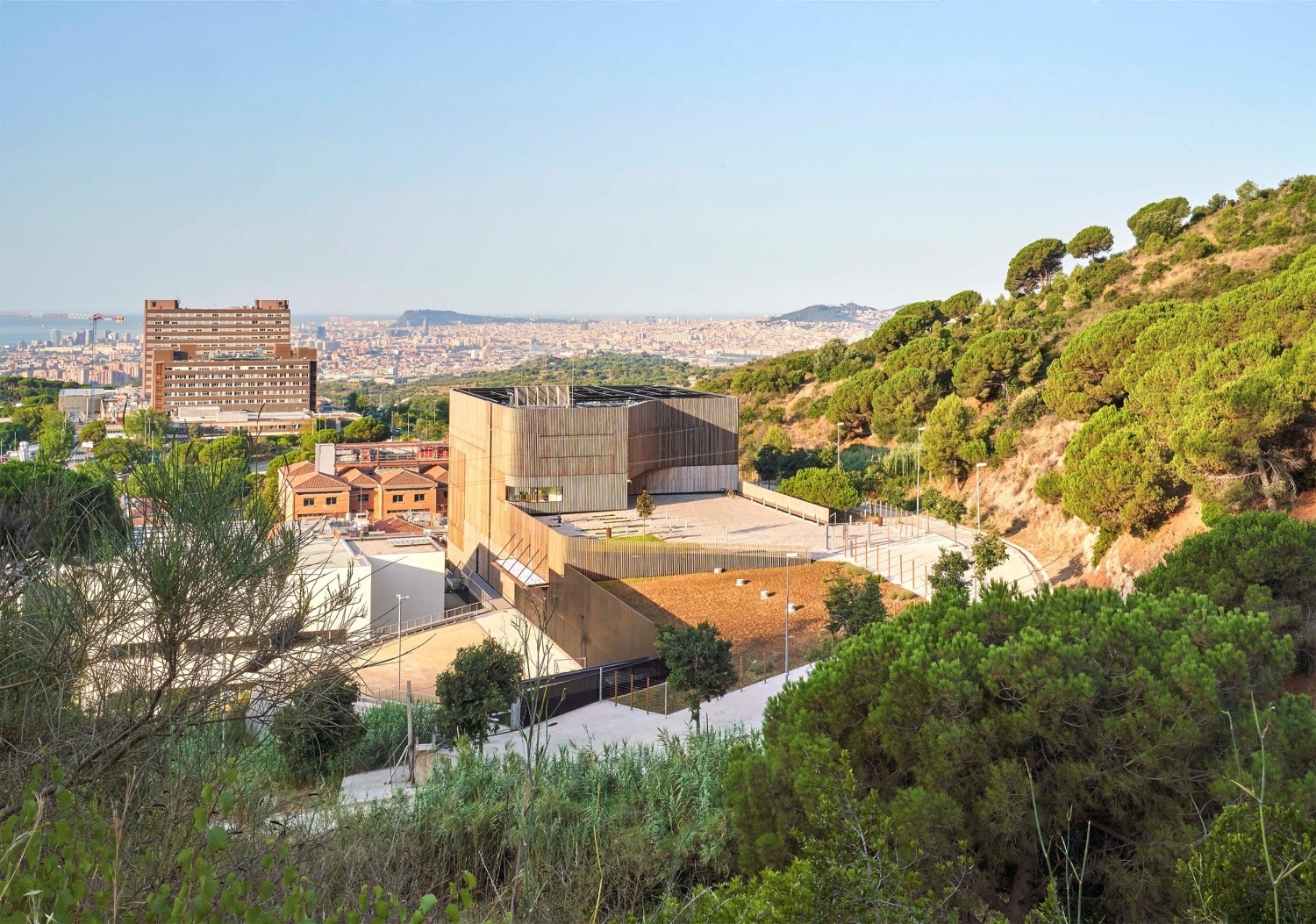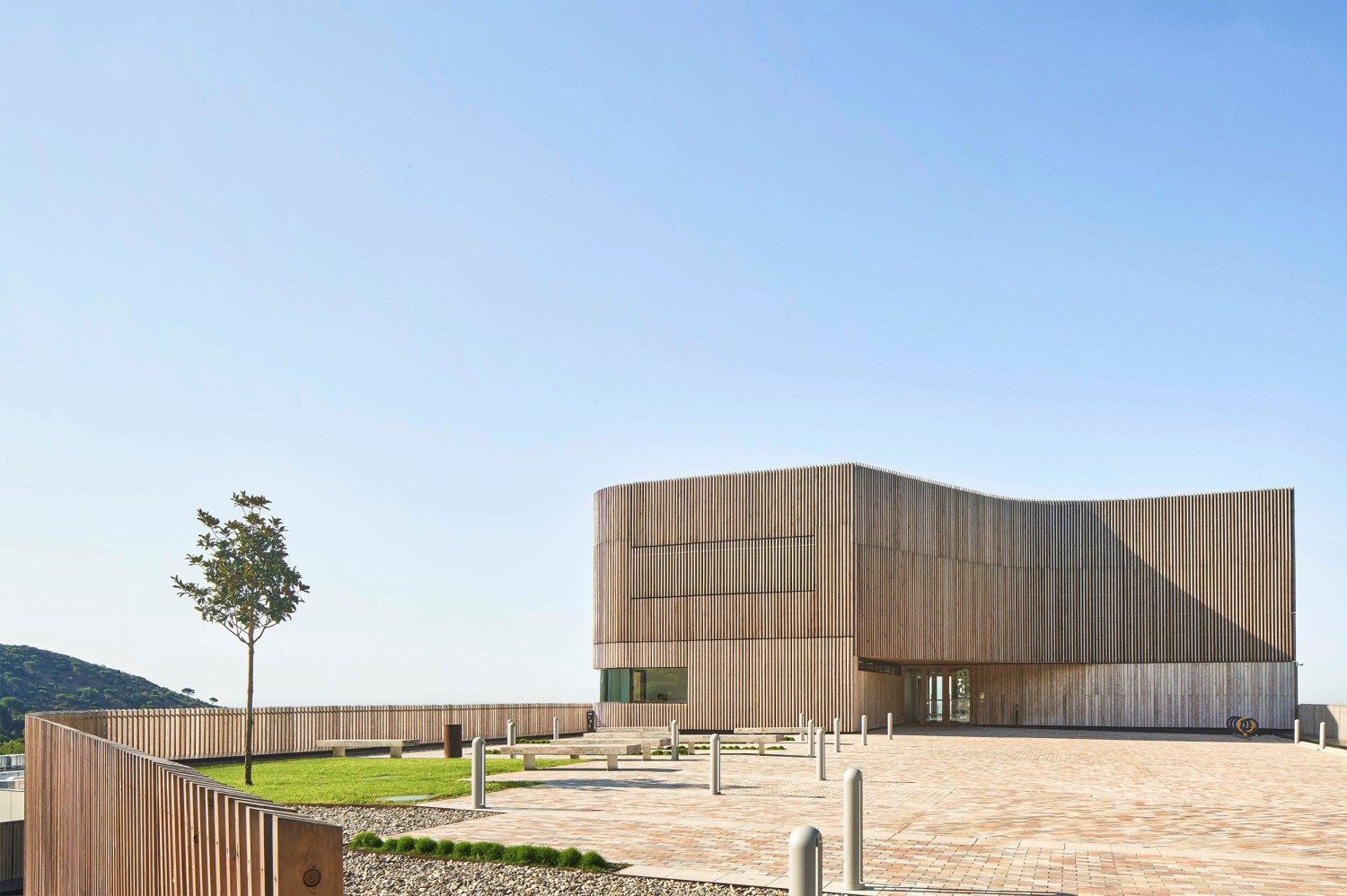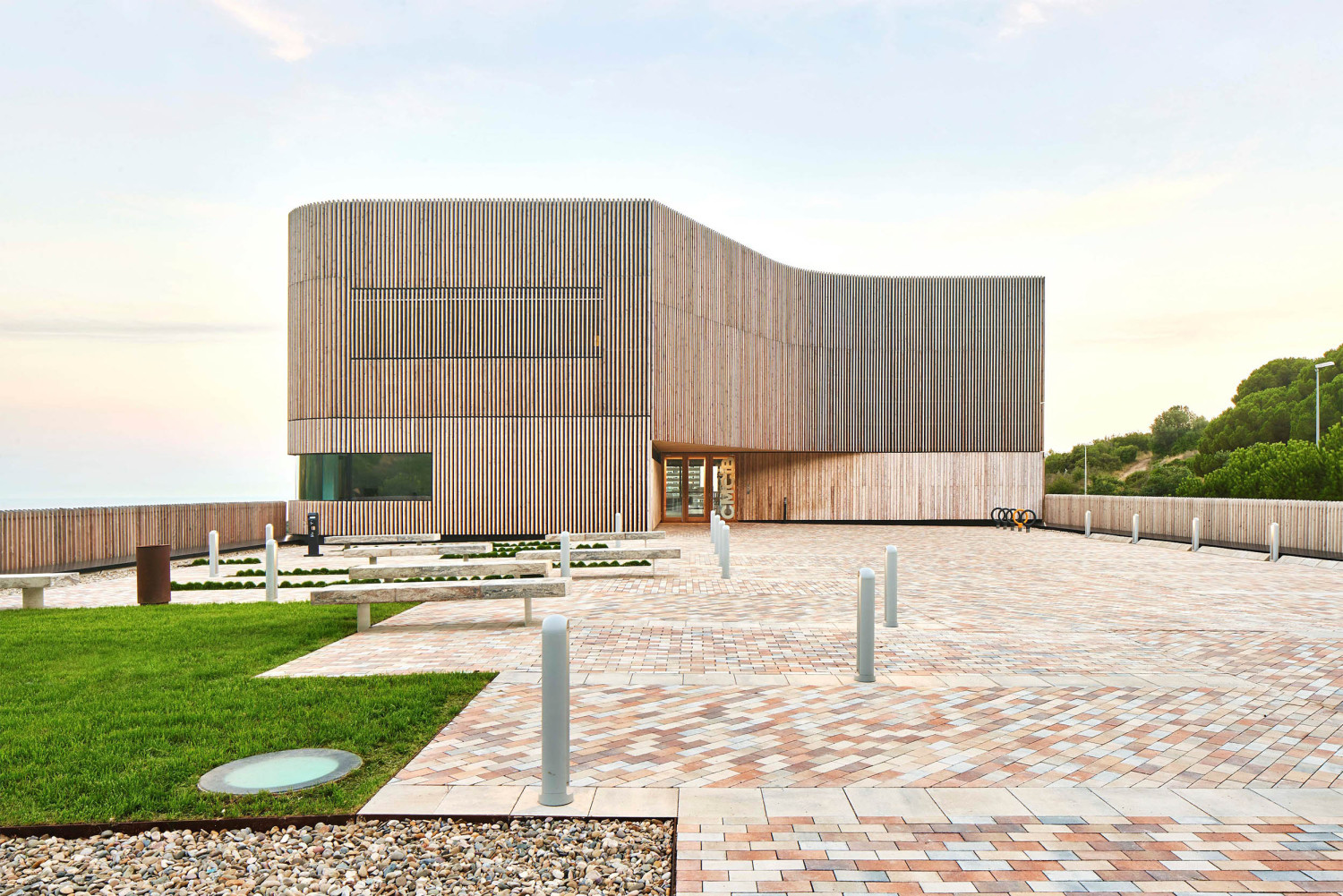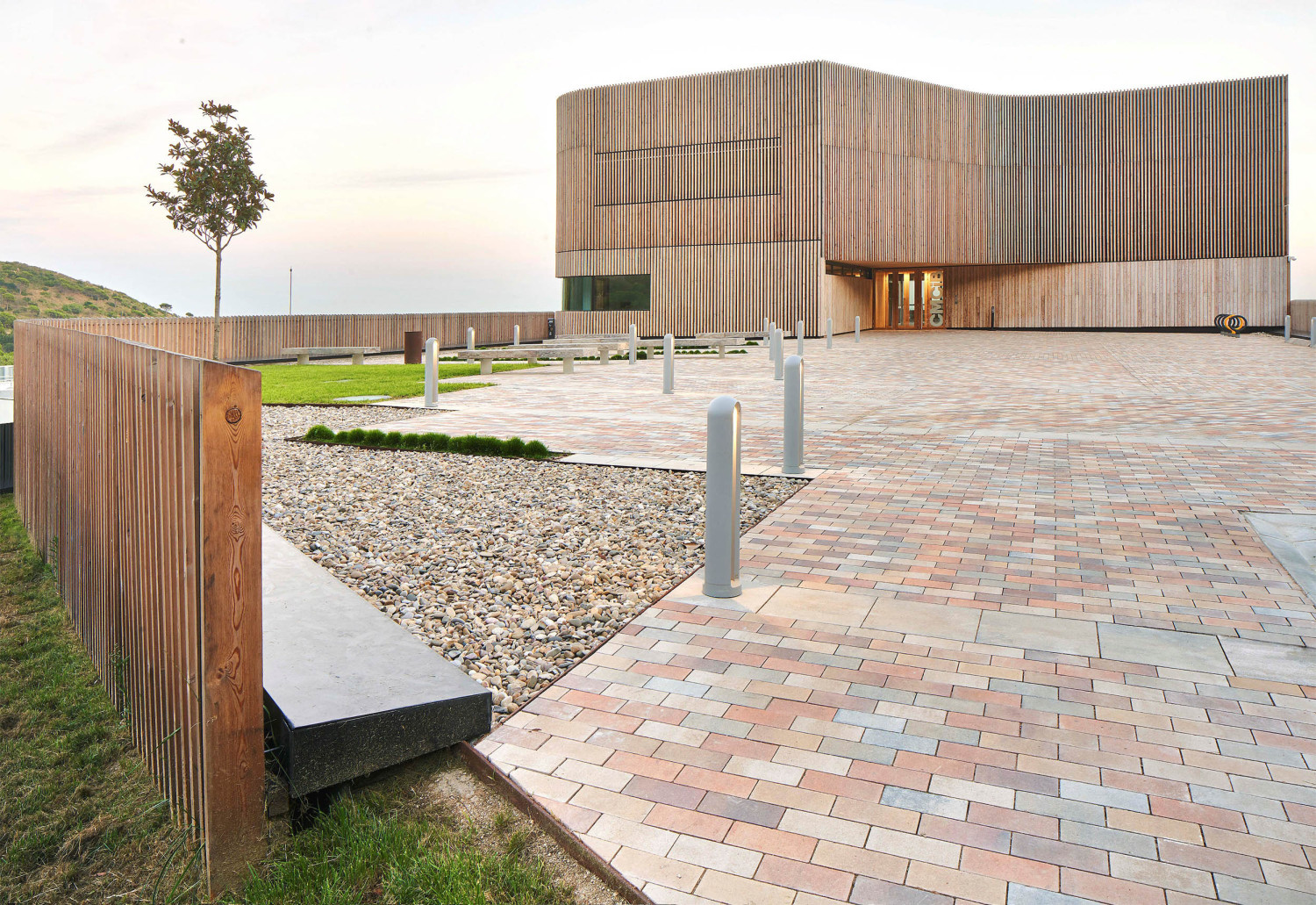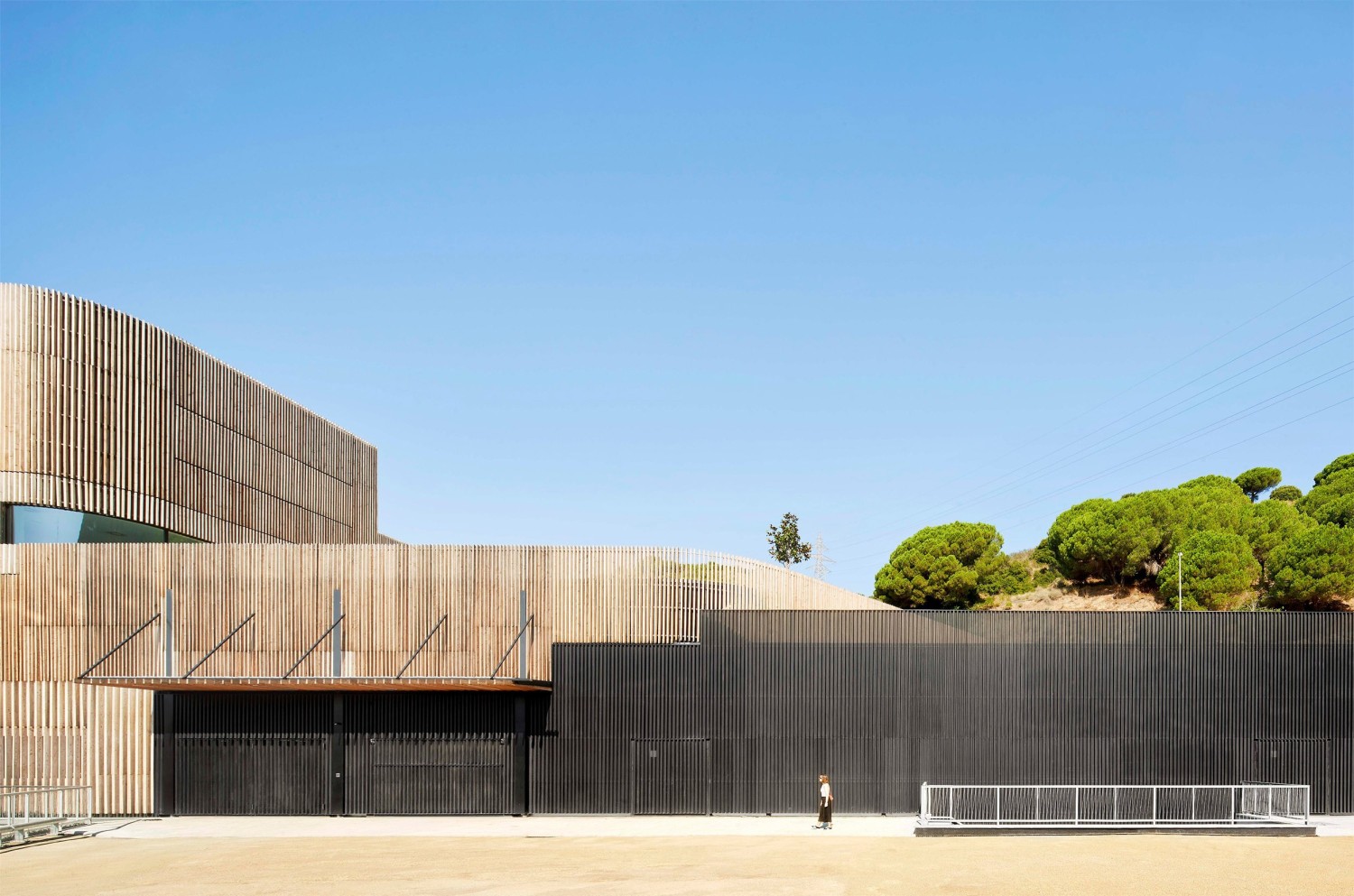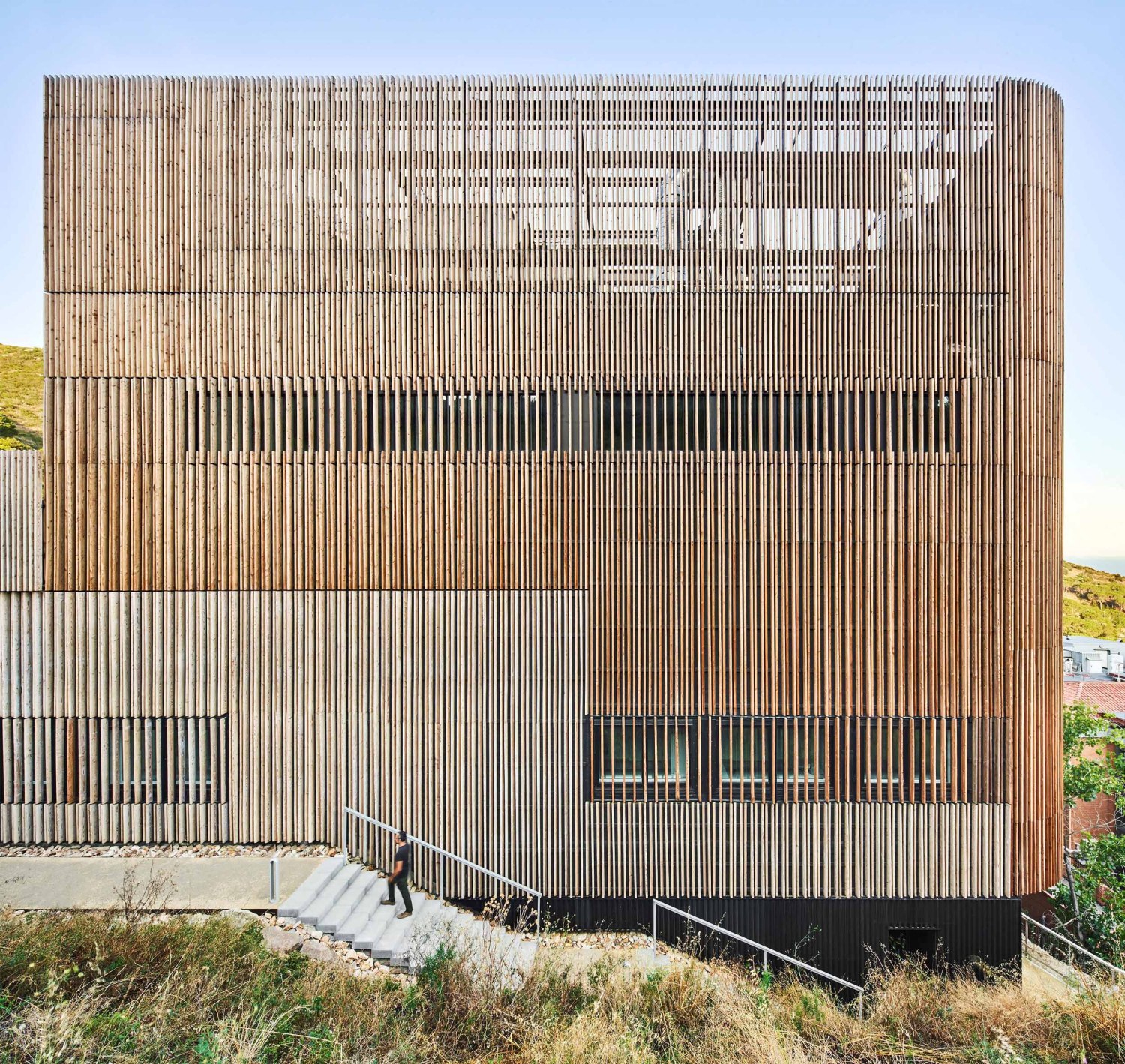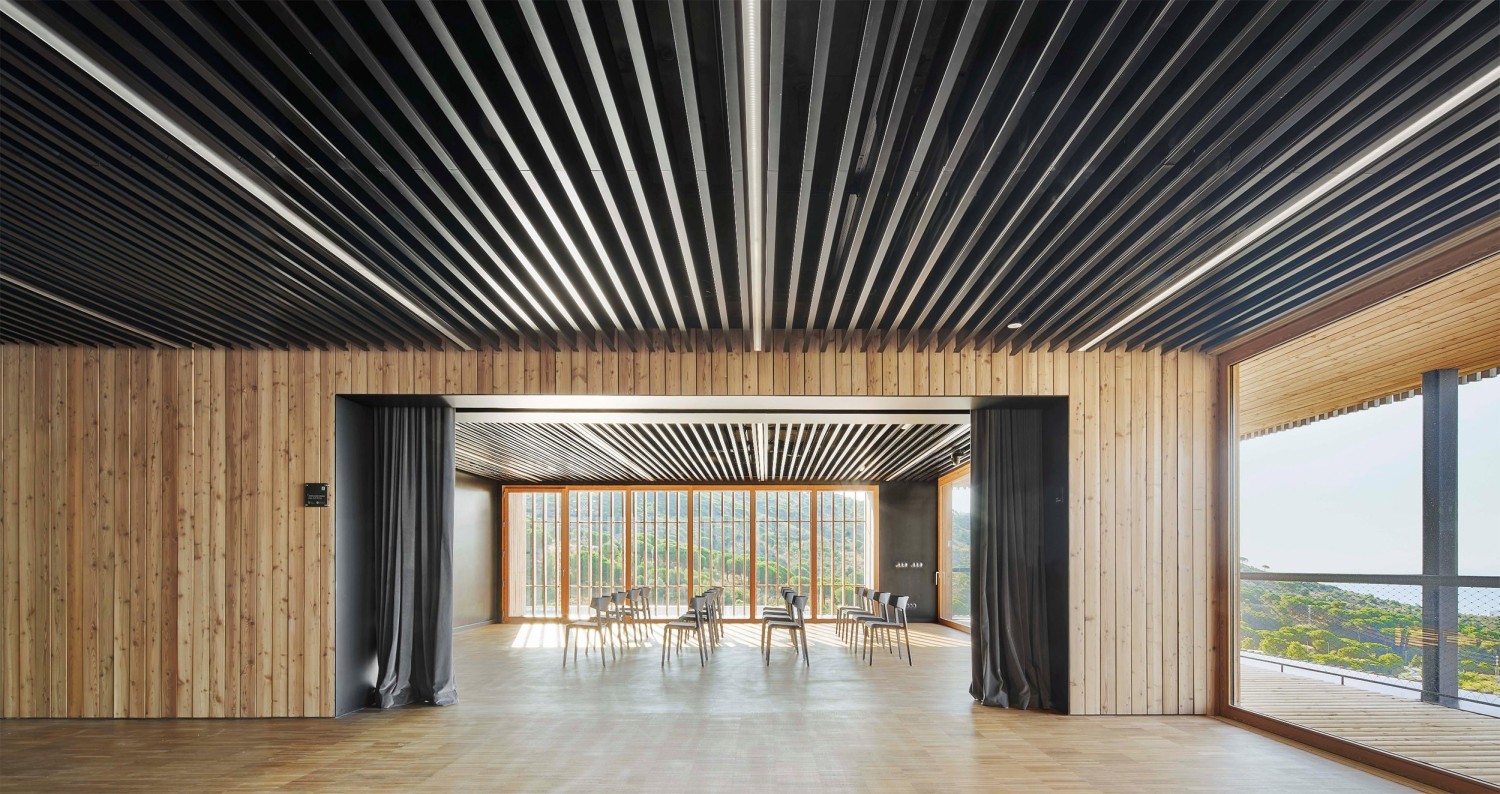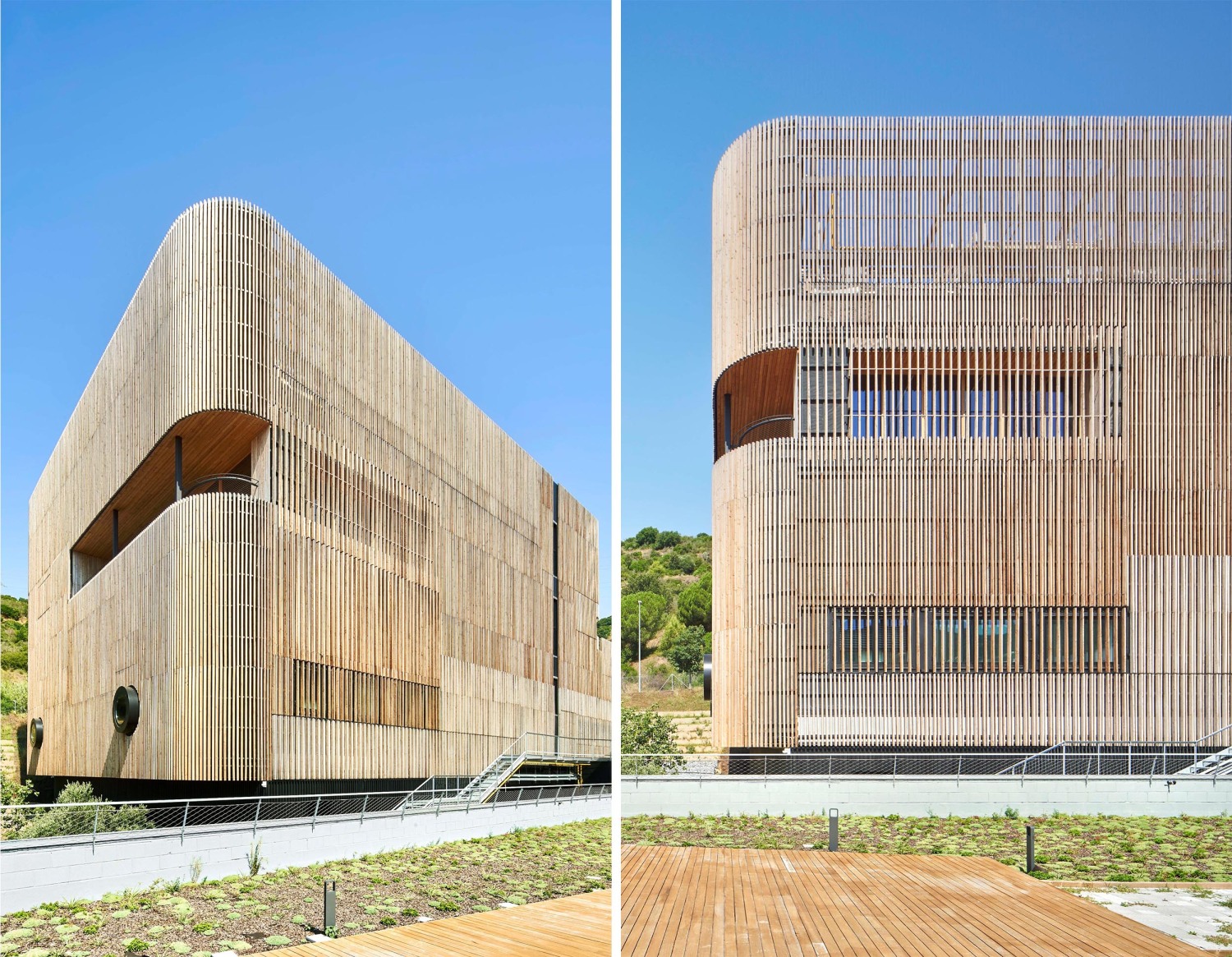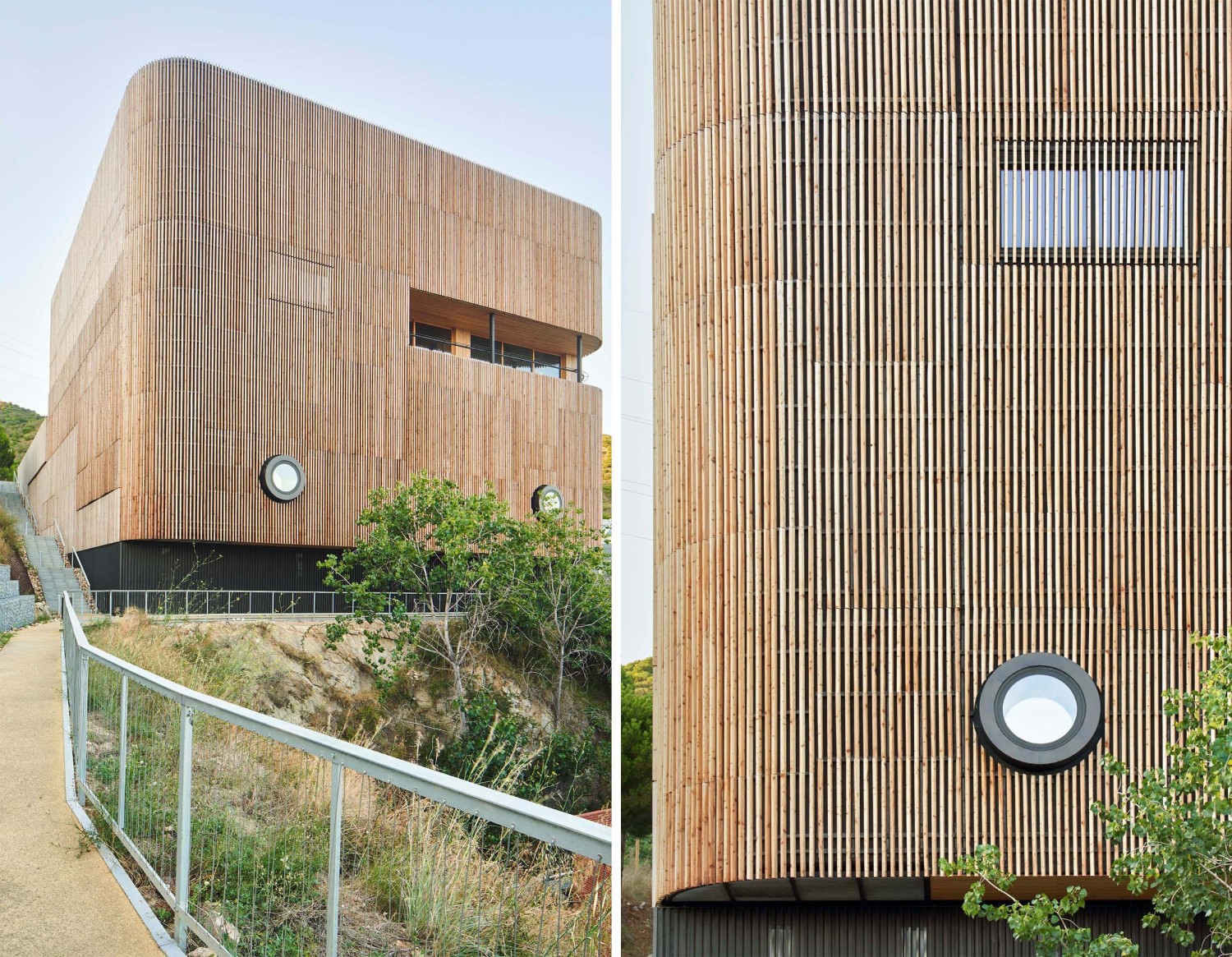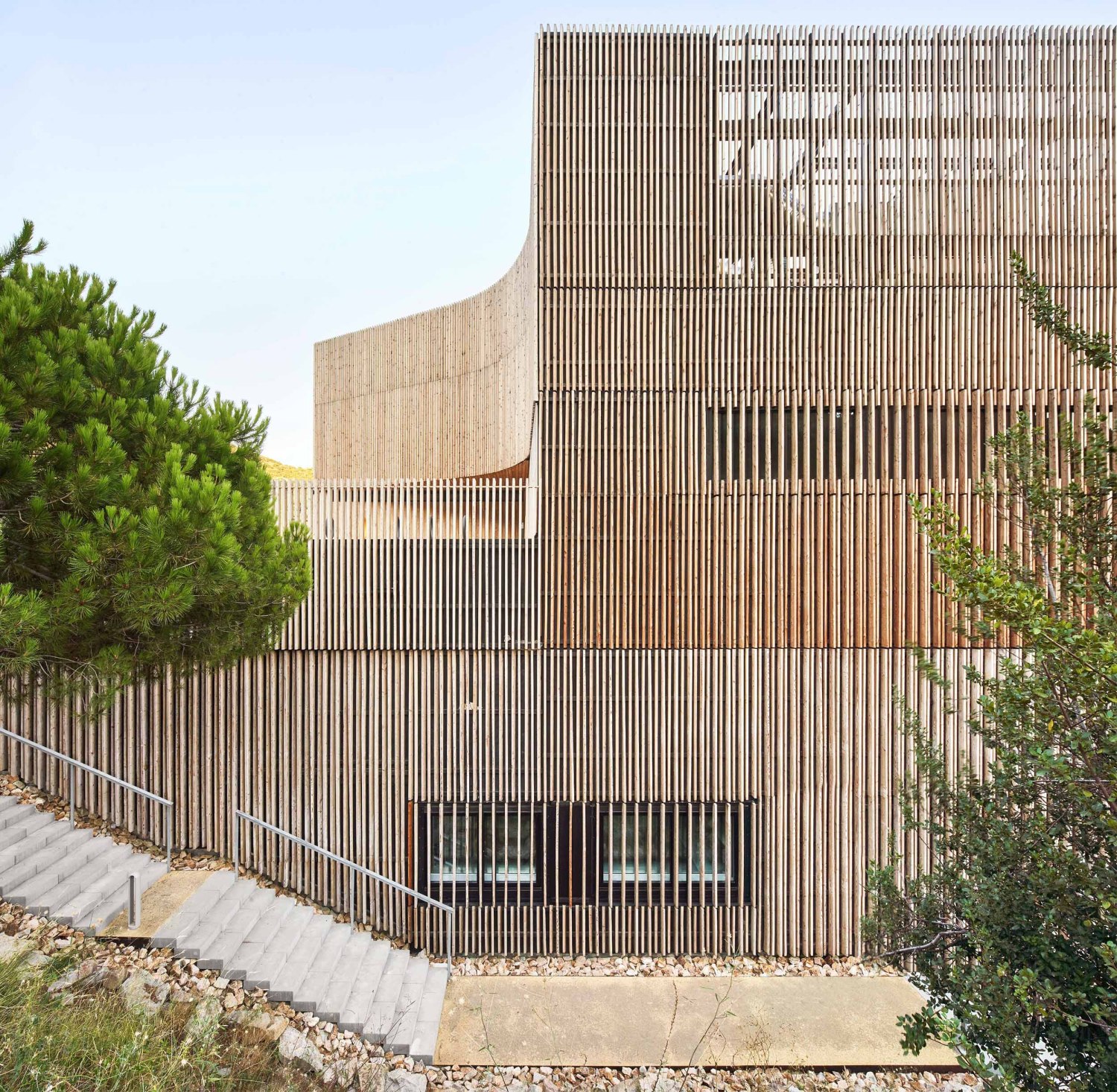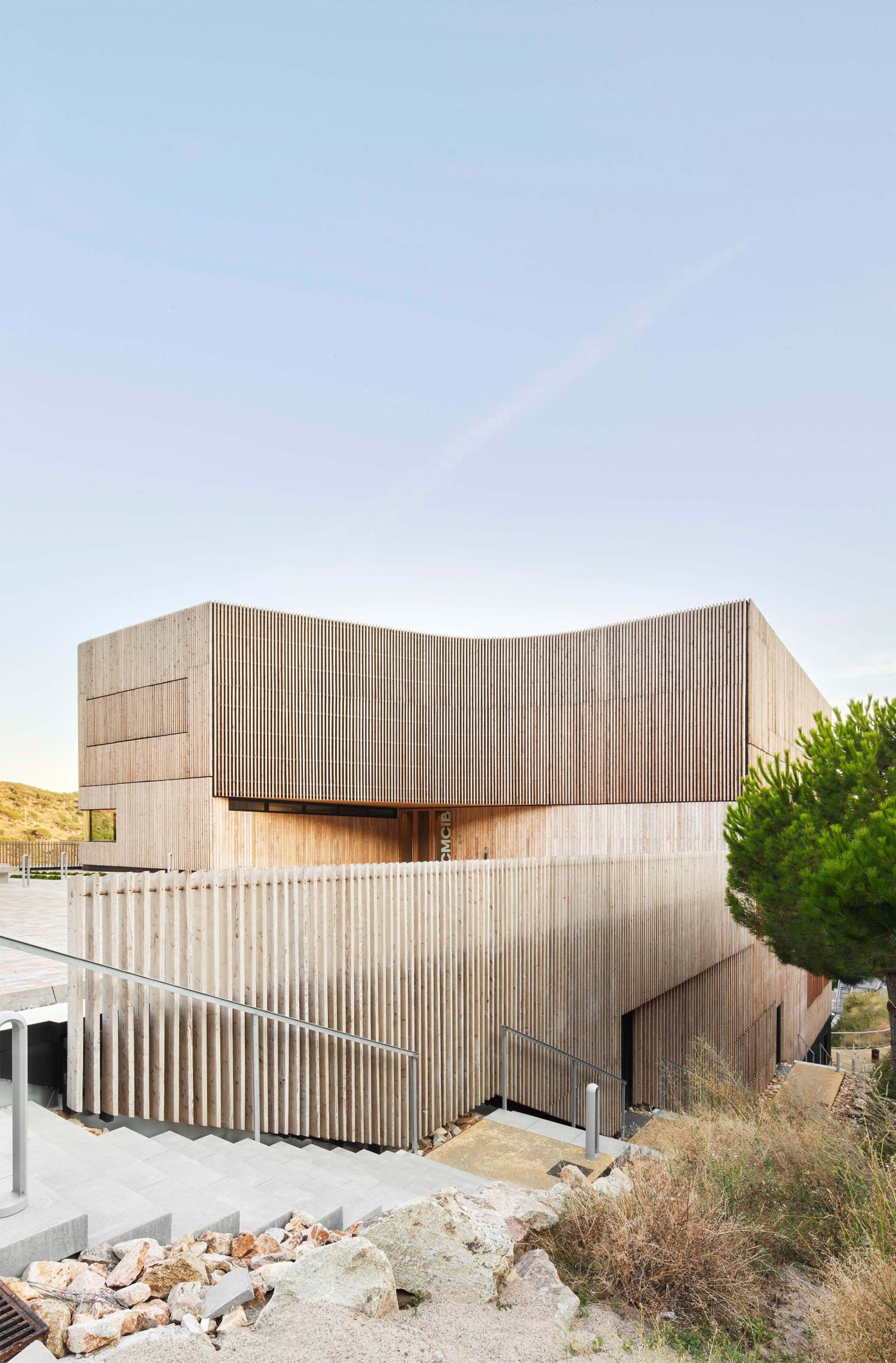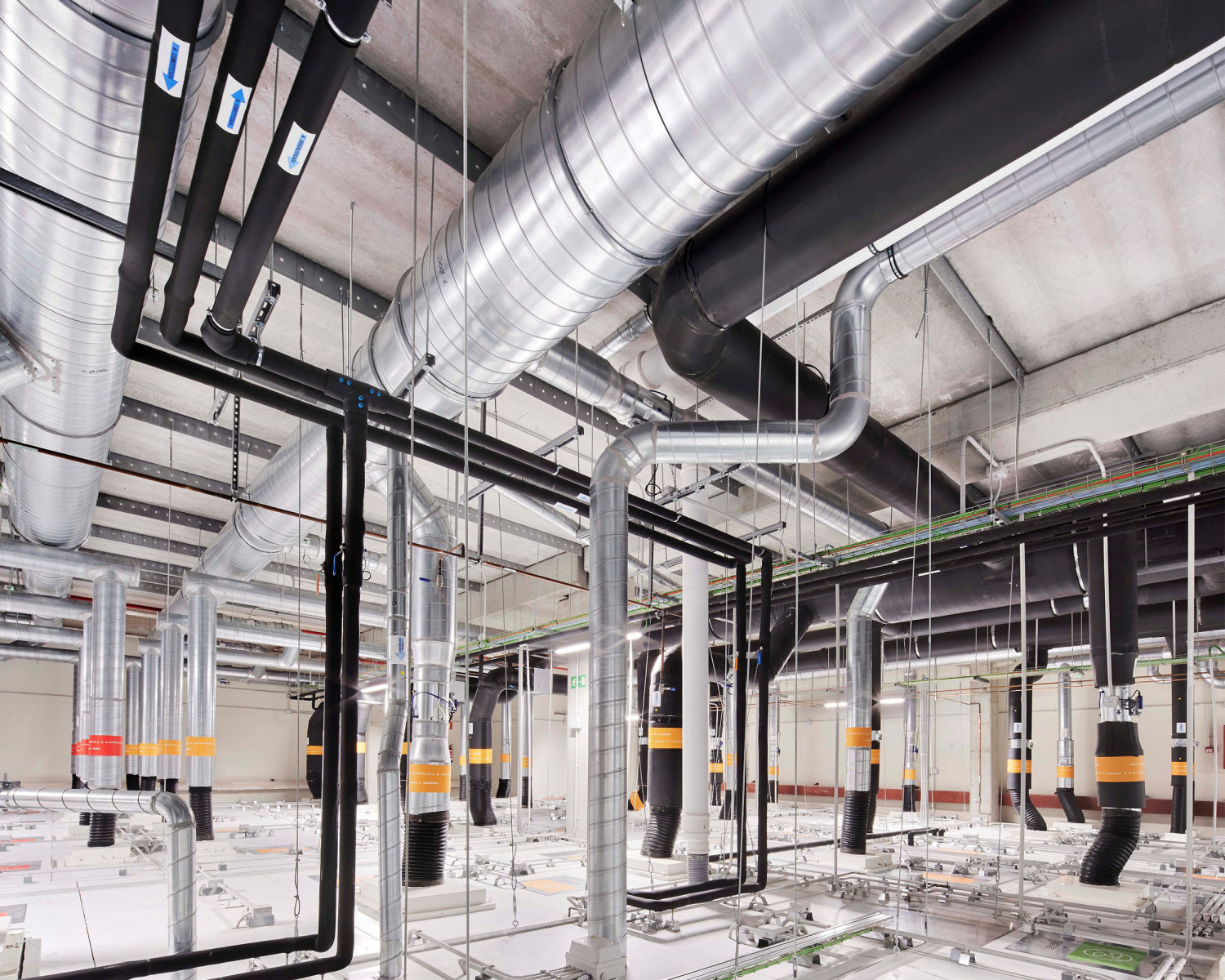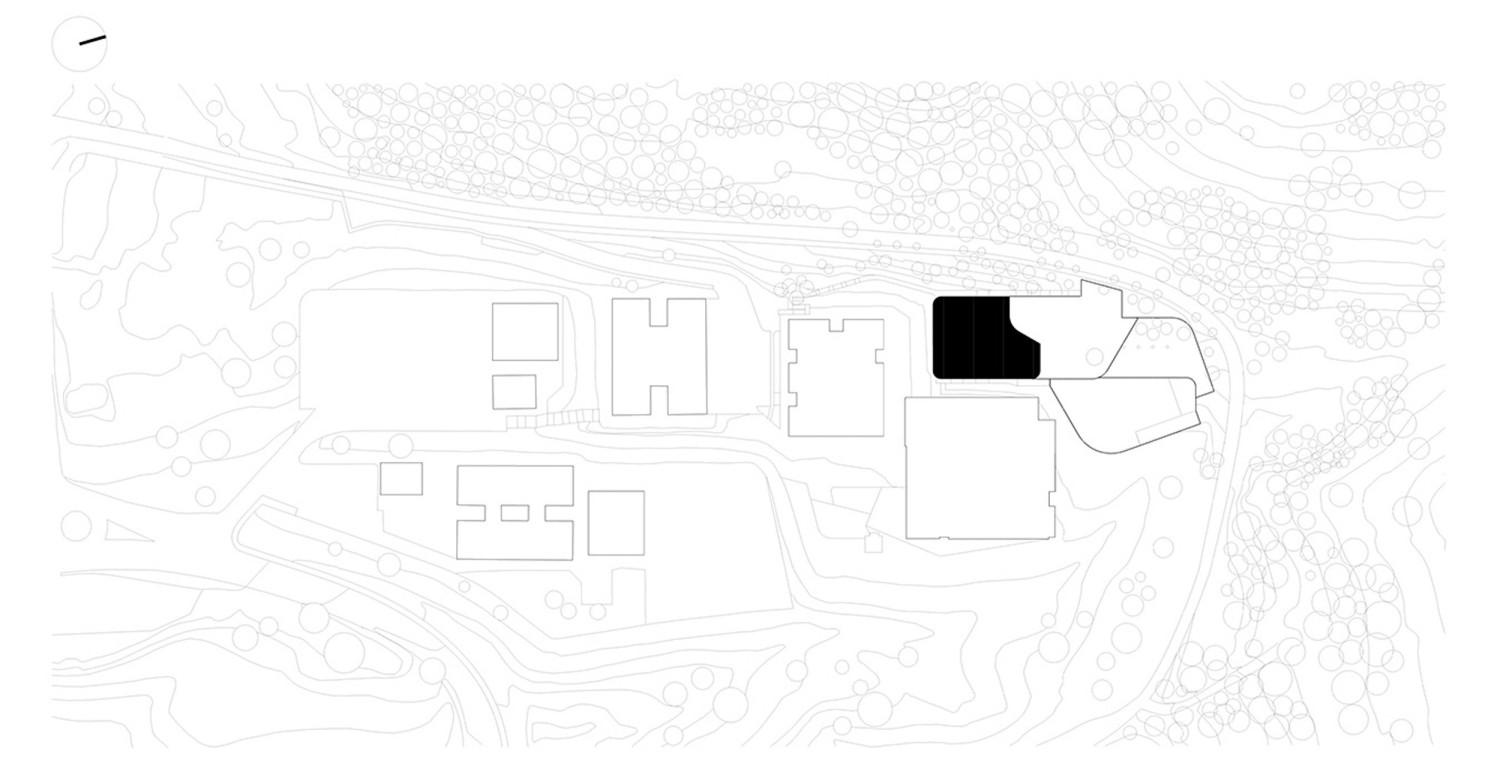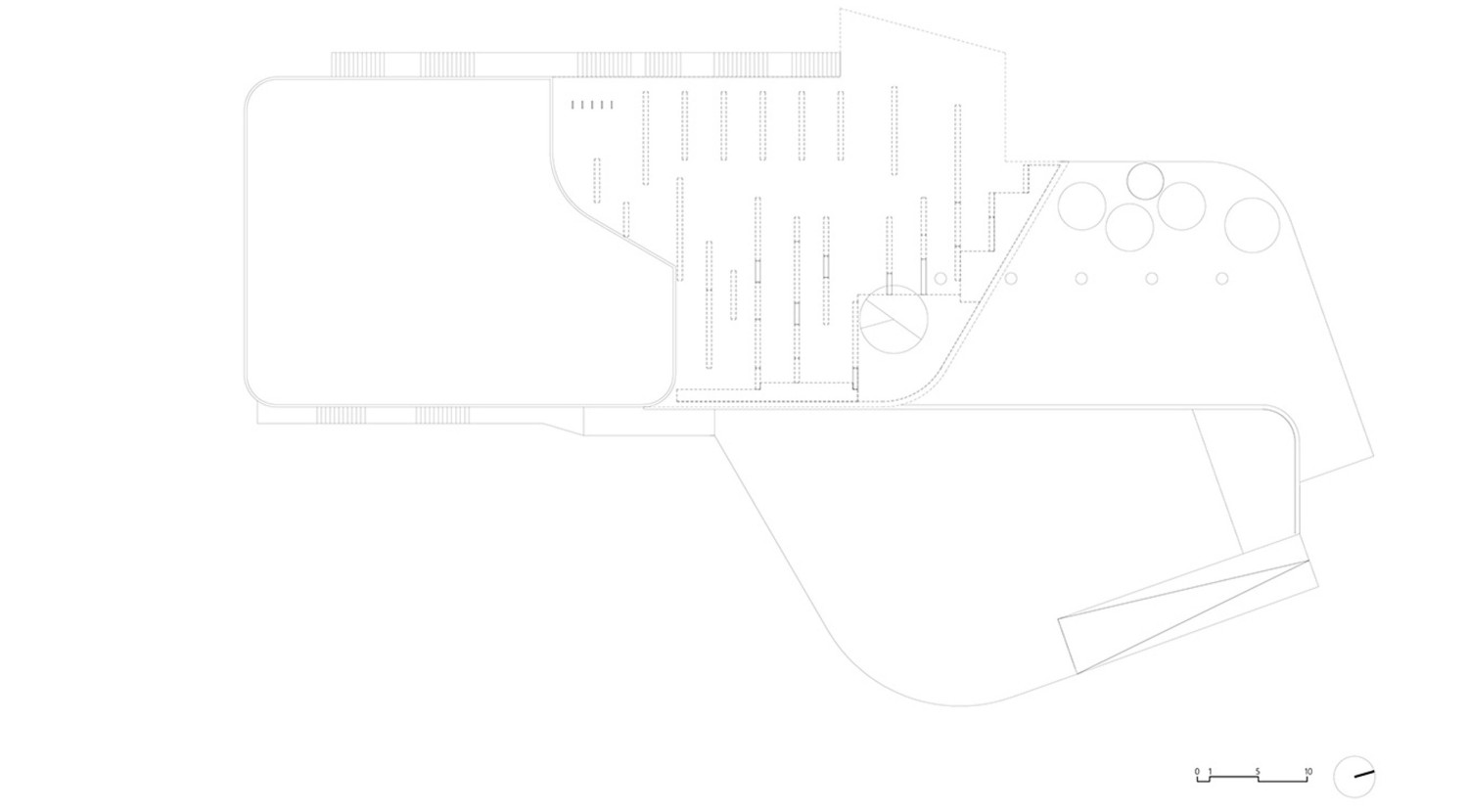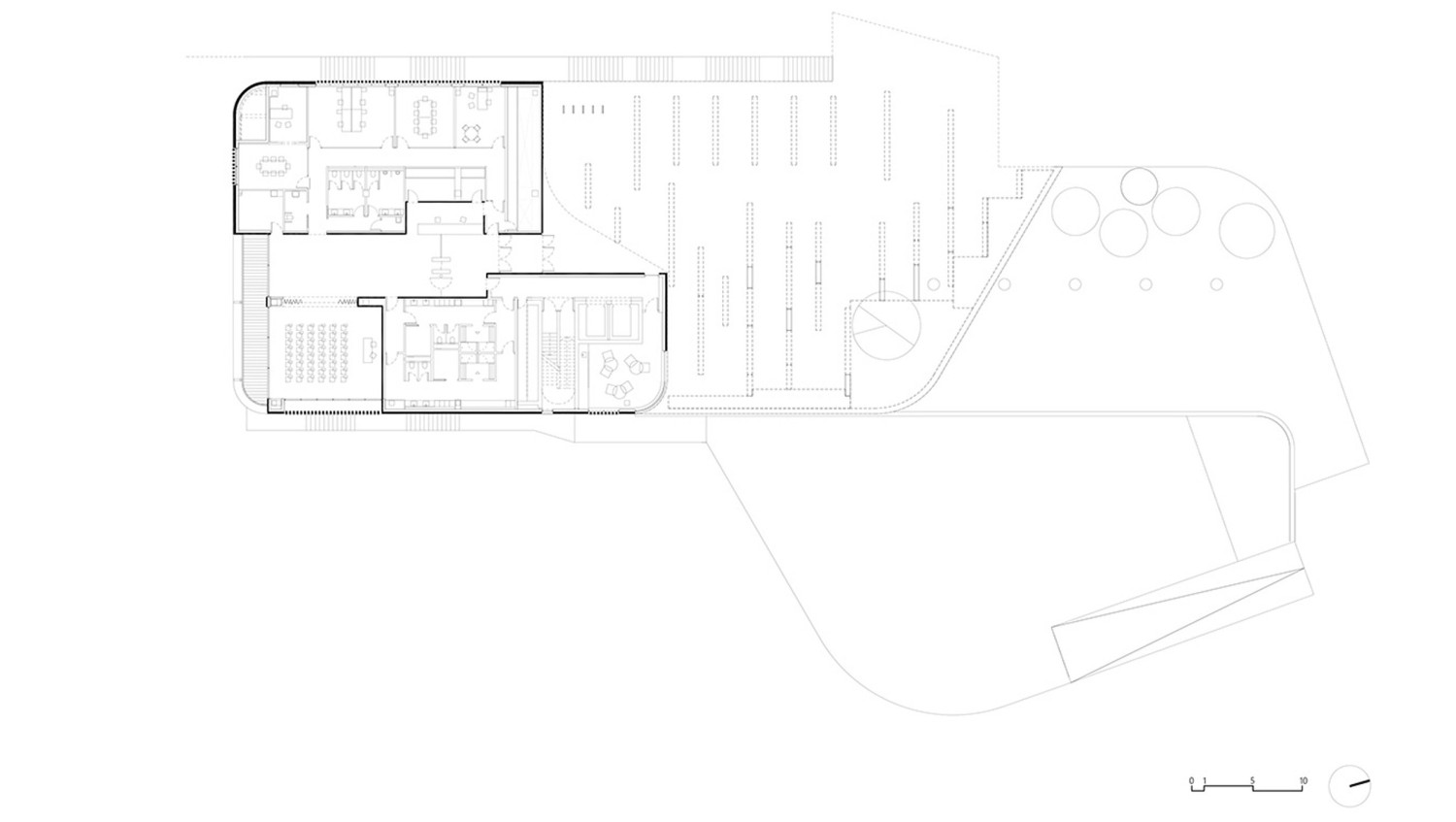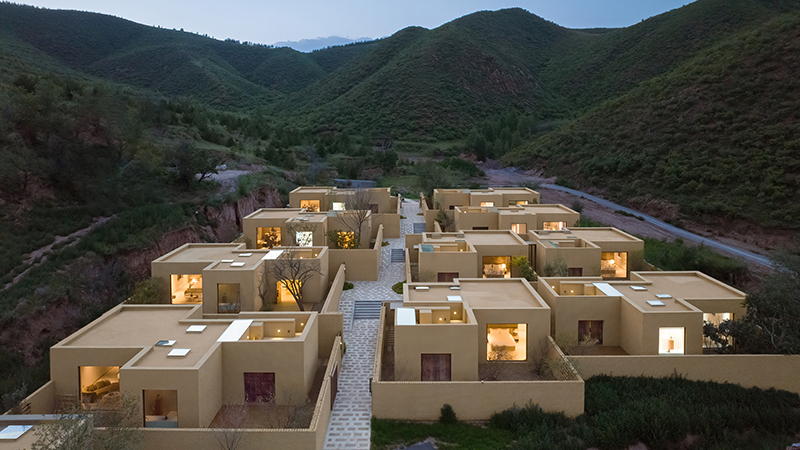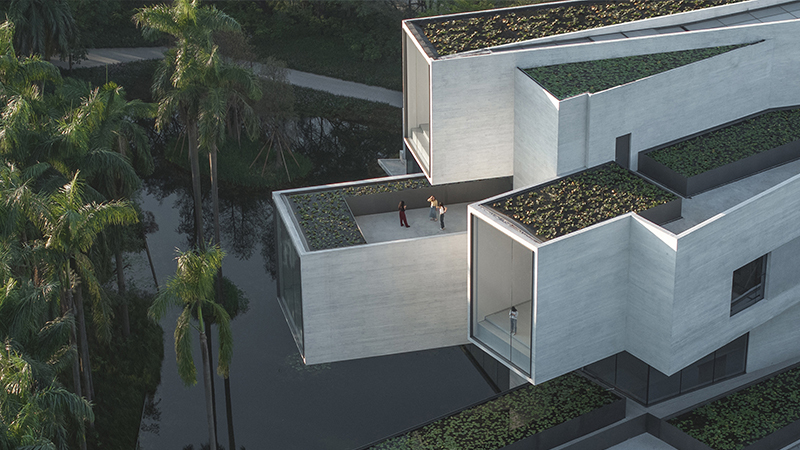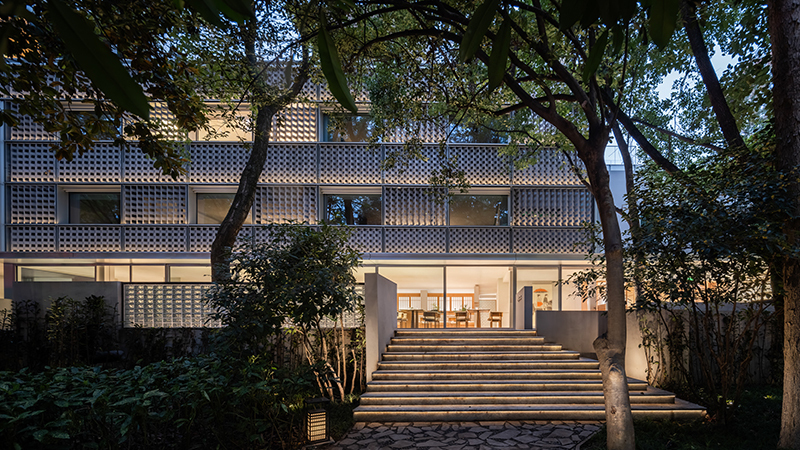| 公司: | COMA Arquitectura+Calderon-Folch studio+Sarsanedas arquitectura | 类型: | 建筑 |
|---|---|---|---|
| 地区: | 西班牙 | 标签: | 无 |
新的加泰罗尼亚生物医学和生物成像中心(CMCiB)是一座容纳一线研究中心的建筑。这是一个建立在伦理研究标准基础上的基准设施,其技术和功能的复杂性和舒适性已以高效、可持续和环保的方式得到解决。
The new Center for Comparative Medicine and Bioimaging of Catalonia (CMCiB for its acronym in Catalan) is a building that houses a first-line research center. It is a benchmark facility based on ethical research criteria, whose technical and functional complexity and comfort features have been resolved in an efficient, sustainable and environmentally sensitive way.
研究与教学
作为德国 Triasi Pujol研究所(IGTP)旗下的一个科学和技术平台, CMCiB在 Can Ruti Ruti地区注册。其活动集中于生物医学领域的研究和训练。学校的核心部分是德国 Triasi Pujol大学医院,周围有多个健康研究中心,如 IGTP研究所、 Josep Carreras白血病研究所、 IrsiCaixa艾滋病研究所,还有 UAB医学院和 Guttmann医学院。
Research and Lecturing
The CMCiB is registered within the Can Ruti Campus as a scientific-technical platform, part of the Germans Trias i Pujol Research Institute (IGTP). It focuses its activity on research and training in the field of biomedicine. The Campus has as its core the Germans Trias i Pujol University Hospital, surrounded by health research centers such as the IGTP itself, the Josep Carreras Leukemia Research Institute, and the IrsiCaixa AIDS Research Institute, among others, in addition to the UAB’s Faculty of Medicine and the Guttmann Institute.
与环境结合
将体块植入地形中,确定有机的几何体及其物质性,以及自然的外部空间,这是与环境融合的主要方式。大楼坐落在一片陡峭的土地上,毗邻大学校园最高处的森林地带。这一高度的差异被用于形成一种地形结构,将不同的楼层连接起来,连接内部程序,并产生最小的外观体积。研究楼层需要稳定的气候条件,以保持自生植物覆盖表面下的半埋藏、隐藏和遮挡。可见的体块,紧凑而圆润的边缘,寻求与环境的联系,通过曲线凹陷,融入入口广场和自然的木制外壳,与 滨海广场的自然环境互动。
Integration with the Environment
The integration with the environment is approached mainly through implanting the volume in the topography, defining an organic geometry and its materiality, as well as naturalizing exterior spaces. The building is located on a very steep site that borders a forest area at the highest point of the university campus. This difference in height is used to generate a topographical building that connects the different levels, articulating the program inside and generating the minimum apparent volume. Thus, the research floors, which require stable climatic conditions, remain semi-buried, hidden and sheltered under a surface of autochthonous plant covers. The visible volume, compact and with rounded edges, seeks a relationship with the environment through a curvilinear concavity that embraces the access plaza and a natural wood envelope that engages with the natural environment of the Parc de la Serralada de Marina.
功能性
通过设置两个入口,将人员进入与物流进入分开,从而形成行政区与科技区这两个功能区域,可以解决复杂的功能流程和技术要求。类似地,这种按楼层划分用途的方法,可将科学活动与维修活动分开,确保中心的最佳运作和严格的生物隔离要求。在这种情况下,一块机械地板占据了整个科技区的表面,在不影响科研和教学活动开展的情况下,可以使用所有的设备。
Functionality
The complex functional program and the technical requirements are addressed by creating two access levels –separating the people entrance from the logistics entrance – generating, in turn, two functional areas: the Administrative and the Scientific-Technical areas. Likewise, this stratification of uses by levels allows the segregation of the scientific activities from the maintenance ones, guaranteeing the center’s optimal operation and the strict biological containment requirements. In this sense, a mechanical floor is built taking up the entire surface of the Scientific-Technical Area and allowing access to all the facilities without interfering in the development of the scientific and teaching activities.
舒适性
要获得优秀的科研成果,最重要的挑战之一就是整合本土人才,吸引国际人才。所以建筑设计具有最佳的舒适性(视觉、热能和声学),环境优越,明亮,空间宽阔,材料天然,保证了良好的工作条件。
Comfort
One of the most important challenges in the pursuit of excellence in scientific research is to consolidate local talent and attract international talent. For this reason, the building is designed with the best comfort features (visual, thermal and acoustic) in a privileged, bright environment, with large spaces and natural materials that ensure adequate working conditions.
生态建造
我们选择了生态环保的材料,以减少建筑过程中的二氧化碳排放。壳体采用轻质木框,绝缘纤维素,木浆爆木纤维作为外绝缘,未处理过的落叶松壳体覆盖在3.5米以上,底部防火。为确保较高的质量,尽量用最少的材料,加快施工进程,因此配套结构也选用预制结构。
Bio-construction
In order to minimize CO2 emissions during the building process, materials with little ecological footprint have been chosen. The envelope has been built using a modular system of light wood framework, insulated cellulose, steam explosion wood fibers for the exterior insulation, and untreated larch cladding above 3.5m and fireproofed at its base. Prefabrication has been chosen - also for the supporting structure - to ensure higher quality, the use of the least amount of material, and to speed up the construction process as much as possible.
能源效率
紧凑的设计减少了暴露在太阳辐射下的表面积,高热性能的外墙和屋顶配备了带有能量回收和可变空气流量的空调系统(通过NH3和CO2探头,其运行模式适应实际需求),高效泵、电机和二次回路,高效和可调节的人工照明系统等。建筑还有一个250平方米的水箱用于回收和管理卫生用和灌溉用的雨水,以及高效的卫生设备和系统的实施,也代表着与普通建筑相比,水需求量显著减少。
Energy Efficiency
A compact design that reduces the surface exposed to solar radiation, with high thermal performance facades and roofs, equipped with air conditioning systems with energy recovery and variable air flow (whose operating regime is adapted to the real demands, through NH3 and CO2 probes), highly efficient pumps, motors and secondary circuits, efficient and adjustable artificial lighting systems; among others. A 250m2 tank for the recovery and management of rainwater for sanitary use and irrigation, along with the implementation of efficient sanitary equipment and systems also represent a significant reduction in water demand compared to a reference building.
▼项目总平面图 Site Plan
▼项目户外平台平面图 Outdoor Plan
▼项目入口层平面图 Ground Plan
▼项目剖面图 Section
▼项目剖面图 Section
▼项目立面图 Elevation
▼项目立面图 Elevation
▼项目立面图 Elevation
项目名称:CMCiB
设计单位:COMA Arquitectura
地点:西班牙 巴塞罗那 巴达洛纳
建筑面积:4,664平方米
外部面积:5,045平方米
项目周期:2013-2018
项目客户:Institut d'Investigació Germans Trias i Pujol (IGTP)
文章作者:Pilar Calderon, Lluís Corbella, Marc Folch, Mario Nahra, Pol Sarsanedas
建筑设计:Pilar Calderon and Marc Folch (CALDERON‐FOLCH Studio) and Pol Sarsanedas
景观设计:Lluís Corbella (COMA Arquitectura)
服务工程师:Mario Nahra (IPB Chemgineering)
结构工程师:Bernuz-Fernández Arquitectes
施工管理:RamonCisa(BETARQ)
项目管理:Marc Jaumà, Eduardo Urbano, Miquel Lluch, Joaquim Puig and Sara Capdevila
安全协调:Jesús Fernández (TRESAT)
平面设计:Maria Beltran and Judit Canela
照片来源:José Hevia
Project: CMCiB
Location: Badalona, Barcelona
Building Area: 4.664 m2
Exterior Area: 5.045m2
Year: 2013-2018
Promoter: Institut d'Investigació Germans Trias i Pujol (IGTP)
Authors: Pilar Calderon, Lluís Corbella, Marc Folch, Mario Nahra, Pol Sarsanedas
Architecture: Pilar Calderon and Marc Folch (CALDERON‐FOLCH Studio) and Pol Sarsanedas
Landscape architecture: Lluís Corbella (COMA Arquitectura)
Services Engineer: Mario Nahra (IPB Chemgineering)
Structural Engineer: Bernuz-Fernández Arquitectes
Construction management: RamonCisa (BETARQ)
Project management: Marc Jaumà, Eduardo Urbano, Miquel Lluch, Joaquim Puig and Sara Capdevila
Safety coordination: Jesús Fernández (TRESAT)
Graphic Design: Maria Beltran and Judit Canela
Photography: José Hevia
更新日期:2020-07-10 17:24:21
非常感谢 COMA Arquitectura+Calderon-Folch studio+Sarsanedas arquitectura 带来的精彩项目, 查阅更多Appreciations towards COMA Arquitectura+Calderon-Folch studio+Sarsanedas arquitectura for sharing wonderful work on hhlloo. Click to see more works!
